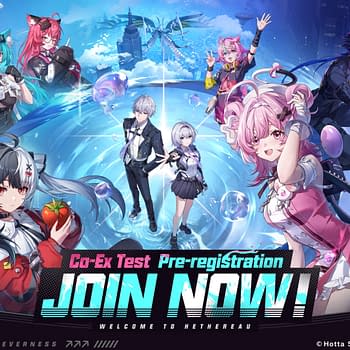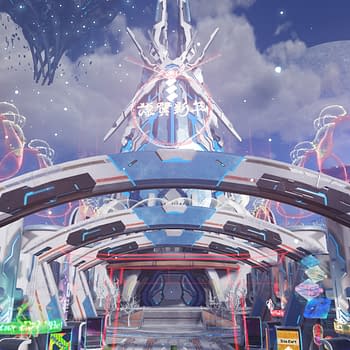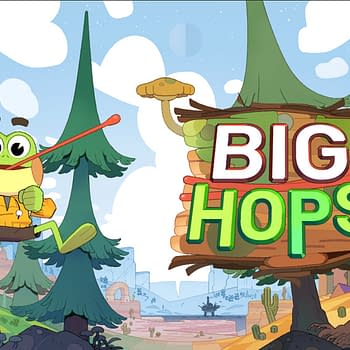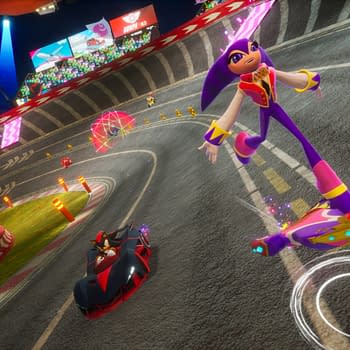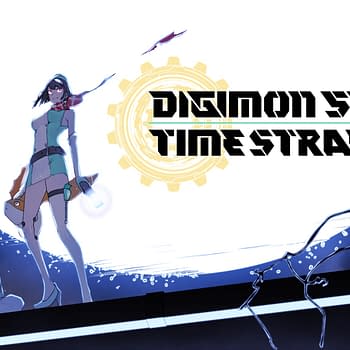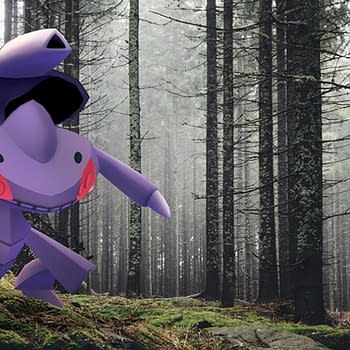Posted in: eSports, Games, Video Games | Tagged: Eleague, Street Fighter V, TBS
A Chat With The Future Group's Co-Founder Over Their New ELEAGUE Broadcast Partnership
Recently, Turner partnered up with The Future Group and Ross Video to produce interactive content for ELEAGUE during their Street Fighter V tournaments. TFG's graphical rendering platform Frontier (which is based on the Unreal engine) helped bring Street Fighter's characters to life in the G Fuel ELEAGUE Arena during the broadcasts on TBS, adding an extra element for viewers to enjoy the show. Basically, as you're seeing an analysis of the tournament, you're greeted by fighters from the game on stage who serve as an interactive element and add some extra color to the broadcast. We recently got to speak with The Future Group's co-founder Bård-Anders Kasin about the new partnership and the content their producing, as well as where they plan to take things now that they've become more immersed in the product.
Bård-Anders Kasin

BC: For those unaware, tell us a little bit about yourself and The Future Group.
BAK: I'm Bård-Anders Kasin and together with Jens Petter Høili, I founded The Future Group in 2013. We are based in Oslo and have a branch office in the U.S. The Future Group is a content-driven technology company, and the creator of Interactive Mixed Reality (IMR). We provide solutions that include photorealistic mixed reality broadcasts, IMR-enhanced content design/development for dynamic virtual sets, and a virtual studio for testing, training, and customer productions. We merge multiple media formats to create interactive commercial and industrial content that delivers an experience with impact.
How have the past few years treated you guys as you've built the company up to be a viable platform for augmented reality and TV production?
It has been an incredibly exciting time. We have had a great experience working with close partners like FremantleMedia, Epic Games, Ross Video and many more. Seeing the technology and concepts come to life, being put into production and enabling brand new entertainment experiences has been extremely rewarding.
What did you first think of eSports when the genre started gaining popularity?
We were very excited about this and thought that our technology would have an amazing potential in terms of lifting the eSports experience to the next level.
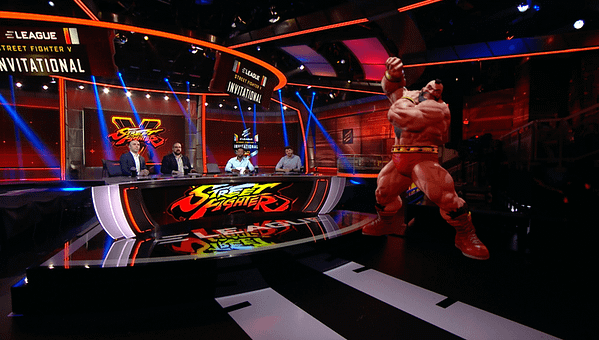
Were there any particular games or tournaments that caught your eye and made you say "we need to be a part of this"?
Several games and tournaments have caught our attention, but I think seeing the mass appeal of eSports events like the League of Legends World Championship really underscored the fact that this is an area we want to be a part of.
How did the partnership come about with ELEAGUE to work on the Street Fighter V Invitational?
Turner studio was looking for innovative ways to push their virtual graphics further during their ELEAGUE broadcasts and was introduced to The Future Group by Ross Video who are the sales and distribution partners of Frontier, our innovative graphics rendering platform developed jointly by us and Ross Video.
What kind of technology went into the Frontier platform?
Frontier uses the cutting-edge Unreal gaming engine, from Epic Games, as the render engine, which provides superior high realism real-time 3D, and which is demonstrated in the Street Fighter project as the characters' dynamic flowing hair, clothes, smooth animation, shadows, and reflections. Frontier takes this world class engine and brings it to the broadcast arena as a unique virtual set and AR solution.
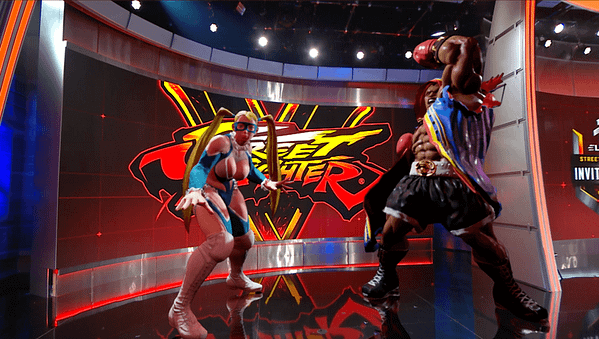
What was the reaction like from the league and the players?
There was an overwhelmingly positive response to us bringing characters out of the game and into the studio. On social media, there was major excitement from fans that ELEAGUE is helping the FGC in raising its production levels and pushing the envelope far beyond the norm. Frontier was a key factor in making this happen.
After everything was finished, what were the biggest takeaways from the event, both positive and negative?
A negative of sorts is that the bar has been raised to a new level for future eSport broadcasts and it will be expected that we constantly raise that bar. The positive is that The Future Group is now on the map to become the premiere provider of real-time AR characters for eSports.
What do you hope to do with eSports in general as far as using the technology for competitive games?
We want to make eSports much more interactive and spectacular. Our teamwork with Turner was just the tip of the iceberg in terms of the potential for taking eSports to the next level.
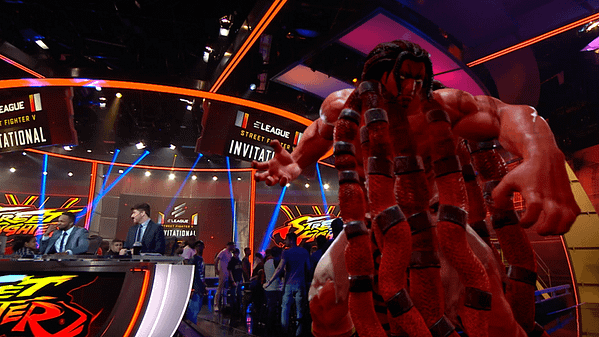
There seem to be a number of possibilities moving forward for different leagues. What are you looking ahead to using this tech for in the future?
We have developed an entire suite of offerings for eSports both in broadcast and in-venue—and look forward to collaborating with all the leagues to show off what we can do.
Do you have any tournaments lined up in the next few months for people to check this tech out again?
We are always working on the next innovative experience for eSports, looking for the next opportunity to deliver something amazing. Stay tuned for something that will blow your mind.
What else is The Future Group working on for the rest of 2017?
We are working on a number of exciting things. Unfortunately, we cannot share the details of anything yet, but scaling the platform globally is a big focus for us now. We are working with FremantleMedia on the new IMR gameshow Lost In Time, which we aim to bring to many new territories soon, plus other entertainment formats are in the pipeline.





